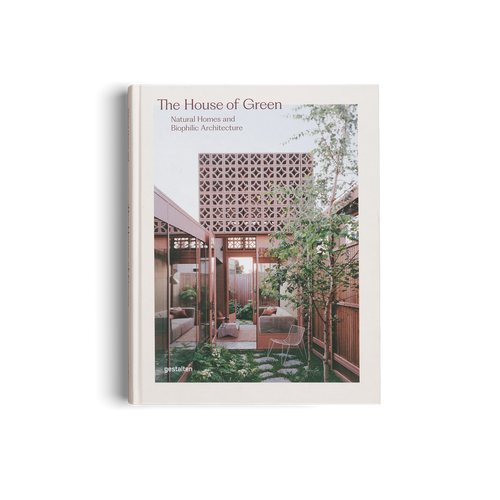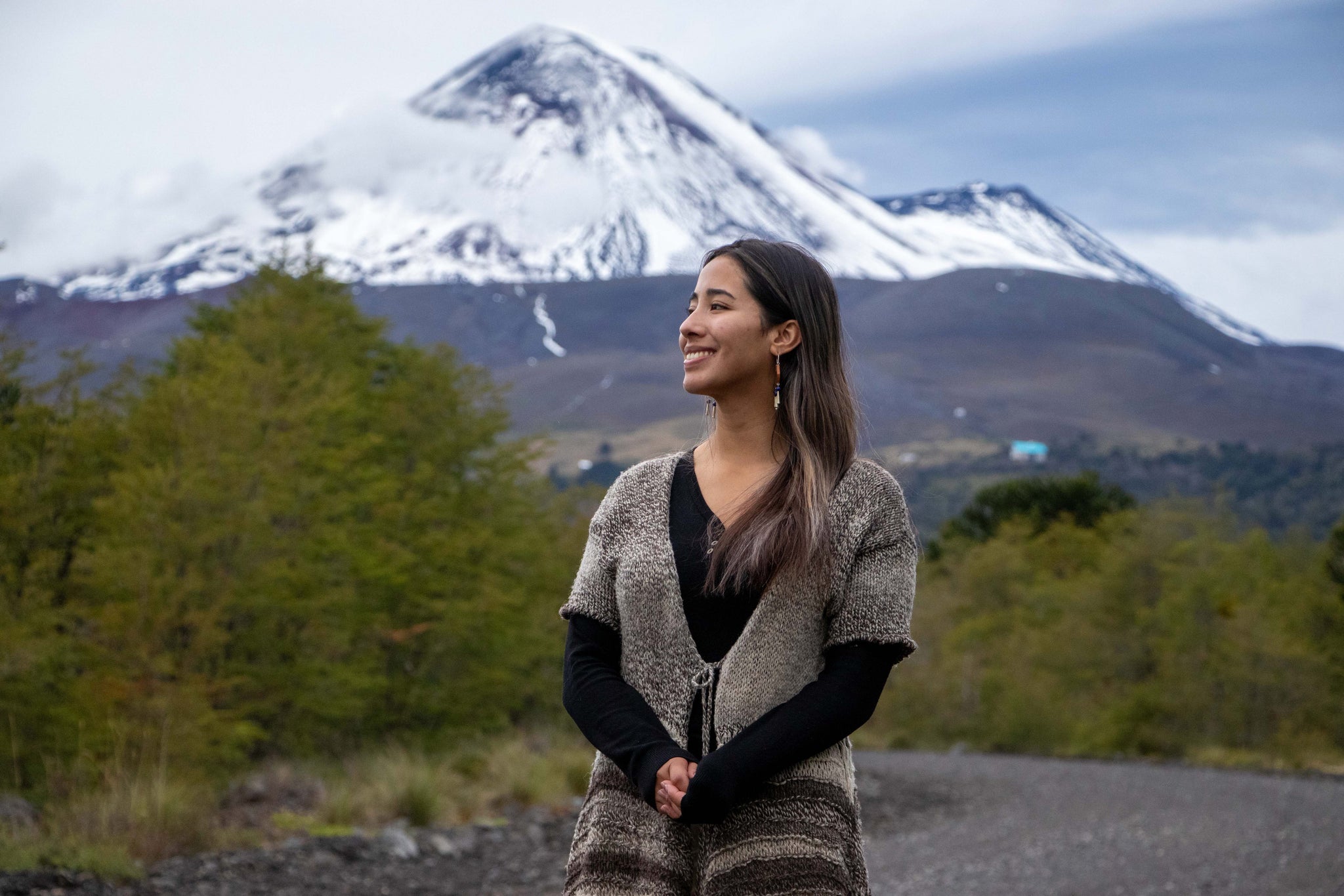
03/2022 architecture & interior
Could he have been picturing a place of winding spiral staircases and precious manuscripts? Or an inspiring book-filled “living room” enjoyed by an entire community?
Temples of Books explores the history, mission, architecture, and changing role of selected libraries around the world. Revealing extraordinary public and private collections, national and monastery libraries, repurposed engine sheds, and UNESCO-protected mud buildings from Mexico to Vietnam and Mauritania.
These libraries are merely representative of their fellow institutions across the globe, all seeking to curate and preserve knowledge that has been accumulated over the years. Here’s a look at some of the institutions inspiring, educating and entertaining readers around the world.
LocHal, Tilburg, Netherlands
The architects behind LocHal describe their prize-winning community project as “an urban living room for Tilburg.” The plan was always an ambitious one: LocHal is the centerpiece of the whole new neighborhood, currently under development on the 185-acre (895,400 square yards) site of Tilburg’s former railways maintenance station, where modern developments are being constructed alongside historic buildings to create a unique mix. The hybrid concept behind the library chimes with the overall ethos. The three large reading tables in the entrance area can be pushed together on original railway tracks to create a catwalk or stage. Various laboratories are scattered across the hall and encourage visitors to experiment and try something new, all within a setting that makes the most of its industrial heritage.

(Photo: Stijin Bollaert, Temples of Books)
Hyundai Card Cooking Library, Seoul, South Korea
This five-story library is located in the trendy Gangnam neighborhood of Seoul. It brings a whole host of key works on cooking, eating, and culinary indulgence together under one roof. Visitors can leaf through heavy tomes on the art of coffee making over an oat-milk cappuccino, or flick through deli bibles in order to prompt the choice of baked treats from the artisanal bakery. The Recipe Room is the place to rifle through recipes, attend talks on cooking, or get newly released cookbooks personally signed by their authors.

(Photo: Kyungsub Shin, Temples of Books)
Omah Library, Kecamatan Kembangan, Indonesia
This building is as unusual as its setting. The Omah Library is part of the Guha Bambu new development and renovation project in Kecamantan Kembangan, which also includes a dental clinic and an interior design and architecture studio. The Indonesian team from RAW Architecture enhanced the existing library by creating generous space for more bookshelves, an art gallery, and a new bookstore. The architecture studio adjoins the library. A three-floor upper building made of steel, bamboo, and concrete rises above the two basement floors, which offer plenty of storage space. The delicate looking, yet ultra-sturdy portals, were created using centuries-old handcrafted techniques from West Java, Indonesia.

(Photo: Ernest Theofilus, Temples of Books)
Library Munyinga, Muyinga, Burundi
Every culture on Earth is defined by its stories. In many countries, like Burundi, tales continue to be passed down through the oral tradition. Yet this kind of storytelling culture can easily leave hearing-impaired people feeling left behind and excluded. Together with local colleagues and the support from a number of nonprofit organizations, BC Architects designed a library for an inclusive school where children with and without hearing impairments could be taught together. The Library of Muyinga cannot give its visitors the gift of hearing, but it grants them something else: an opportunity to partake in the legacy of their culture. Students, trainees and young architects all helped make this vision a reality. Cooperative thinking is also evident in the library’s board of directors, which is made up of the principals of all the local elementary and high schools in Muyinga.

(Photo: BC architects & studies, Temples of Books)
The Uncensored Library, Minecraft, Online
To circumvent censorship by authoritarian regimes, Reporters Without Borders used a digital library in a computer game to publish incisive pieces by persecuted journalists worldwide. With only a Minecraft account needed in order to visit the Uncensored Library, a hundred people can be in the library at the same time, reading articles and writing messages to each other, to shed further light on the situation in their countries. “Libraries are a source of information. But also a repository of expertise when it comes to evaluating and classifying information and sources,” says Kristin Bässe, PR officer at Reporters Without Borders in Berlin. “And that’s where it gets political: information is the first step towards change. That’s why access to free, independent information is essential in a democracy. At the same time, it’s about being able to disseminate information freely. Freedom of information is a human right, and that’s exactly what the library symbolizes.”

(Photo: Reporter ohne Grenzen, Temples of Books)
Libraries are so much more than collections of books. They are archives of knowledge, spaces of study, sources of inspiration and connection. Among the world’s most universal and democratic places, they are also outstanding icons of architecture that represent the societies that built them.
Explore Temples of Books today, a book about the beauty of books, a book for book lovers and for those who believe in the power of ideals.















